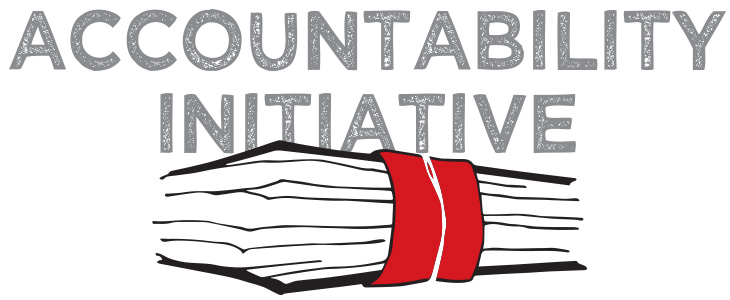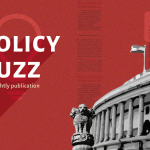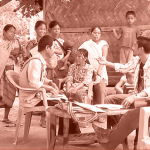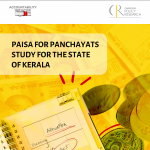
What is driving the Indian middle class towards electoral politics?
5 August 2009
In the 2009 parliamentary elections, Delhi registered a 53% voter turnout – the highest in twenty years and the second highest among metropolitan cities in India. The media attributed this development to increase in middle-class vote, most due to aggressive political awareness campaigns by the election commission and popular media. This may be true to a large extent, but political awareness alone cannot explain the differences in voter turnout across cities. This development made me think of the 2007 Municipal Elections in Delhi where the middle class vote was not only higher than usual but some members of Resident Welfare Associations, most of which are middle-class in nature, ran for political office.
That being said, the middle class has been active in public policy related discourse in the last few years across most urban areas in the country. We see this activism through the rise of neighborhood associations. Examples include the Advanced Locality Management (ALM) program in Mumbai, Janagraha in Bangalore, Resident Welfare Associations (RWA) in Chennai, Delhi and other cities. Delhi presents a unique case for a number of reasons. Neighborhood associations in Delhi were able to form horizontal networks across the city and used their influence to tilt major policies in their favor on multiple occasions. This included major policy changes like coercing the State Government to revert the proposed hike in electricity rates by electricity distribution companies, and preventing privatization of the Delhi Jal Board. Interestingly, all of this follows the popular Bhagidari program of Government of Delhi that institutionalized citizen government participation through these very associations.
Most intriguing of course is the participation of some of these associations in electoral politics. It is significant not only because this was the first time a development took place in any large city in India but also because this represents a blurring of boundaries between the civil society – characterized by its ‘apolitical’ nature, and the political society which has traditionally been the domain of the poor. As a graduate student at the time, I got an opportunity to study the rise the RWAs and their subsequent advent into formal politics in 2007. It was very interesting to find out ‘who’ within the array of neighborhood associations in the city decided to join politics. This year long research led to me discover that neighborhood associations with pre-existing networks with government agencies were more likely to remain apolitical and assume the traditional ‘watch-dog’ role of civil society. RWAs without these networks – either with the high bureaucracy or political representatives at the bottom, sought to become part of the government machinery through formal electoral channels. Going back to my first observation, although it might still be difficult to link the dynamics of local politics with turn-out rates in the national elections, these developments clearly point towards a more politically active middle class in the capital. And given the political emphasis on decentralization and local governance, we are likely to observe similar developments in other cities soon.
Poulomi Chakrabarti is a Consultant at Accountability Initiative





